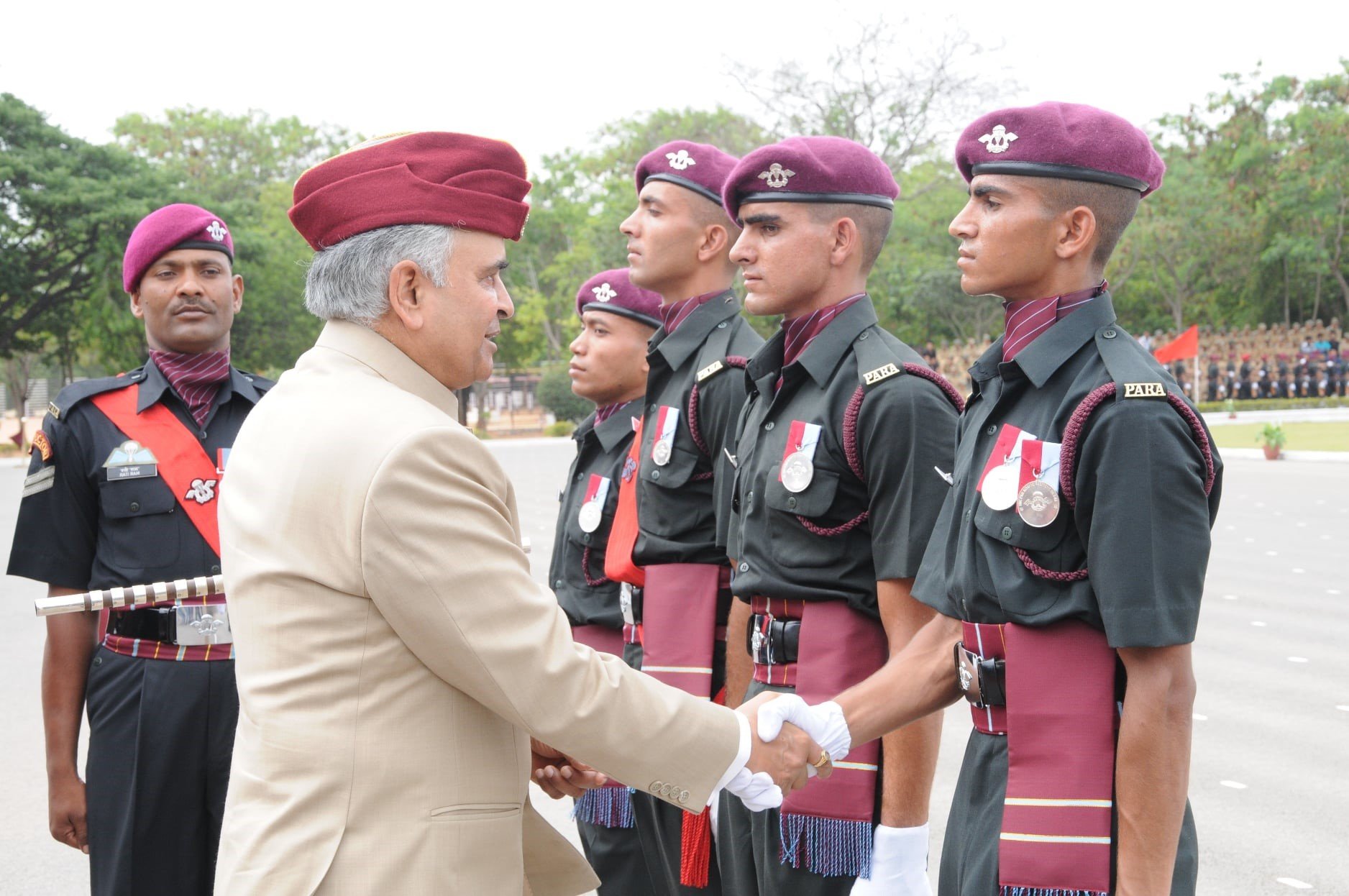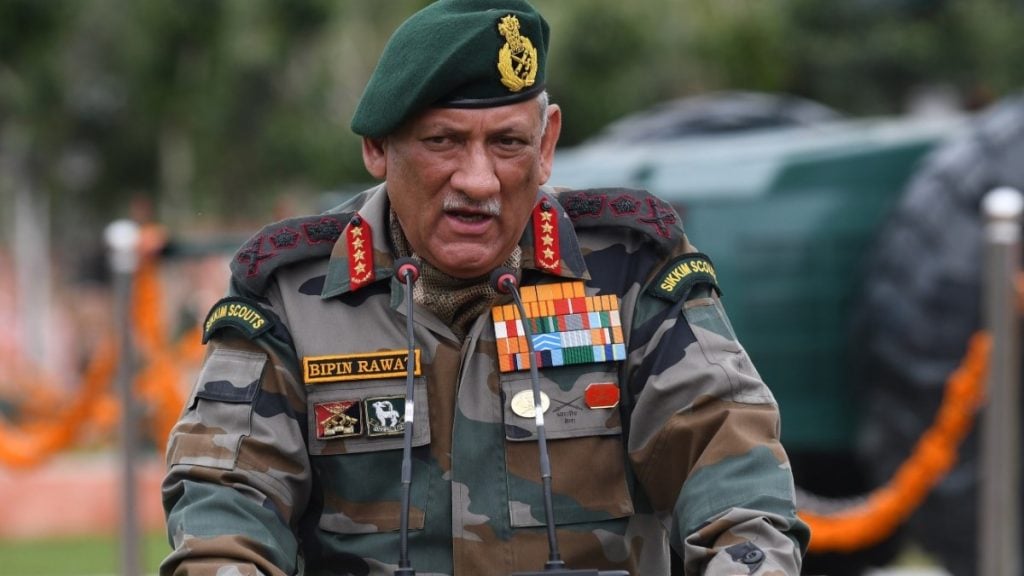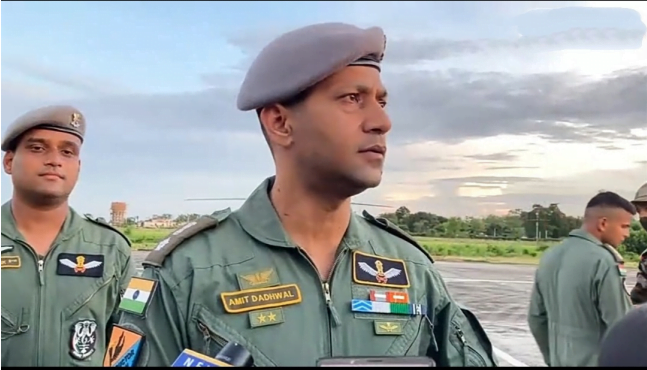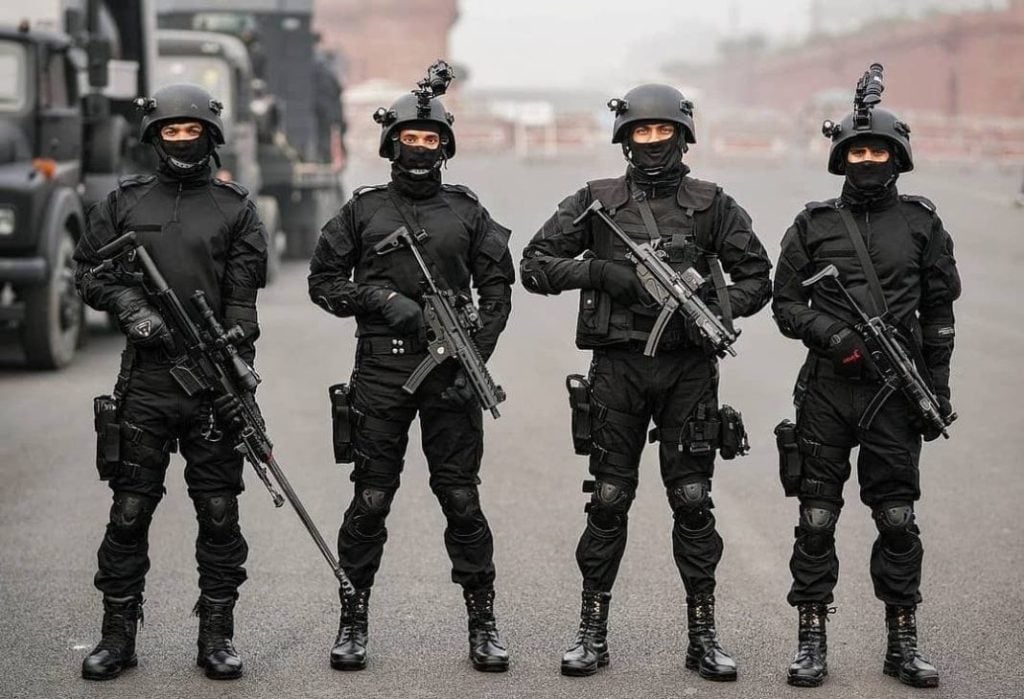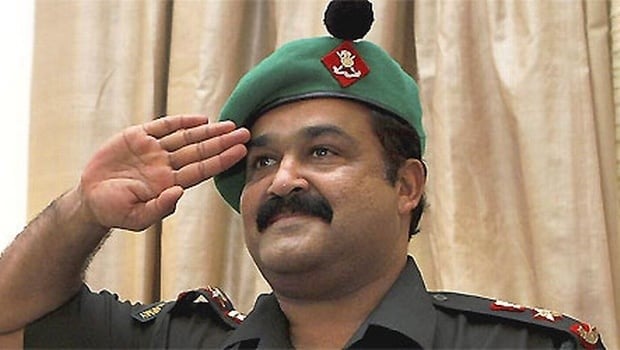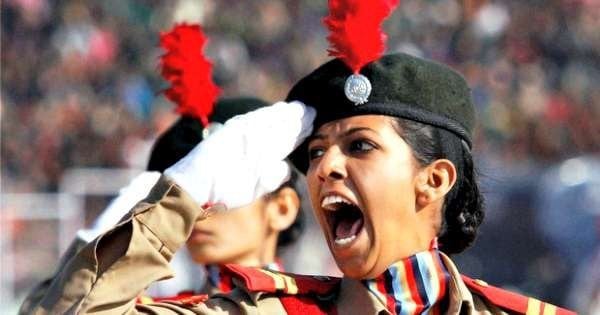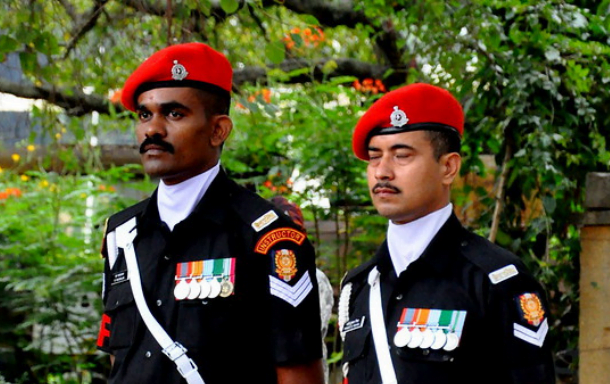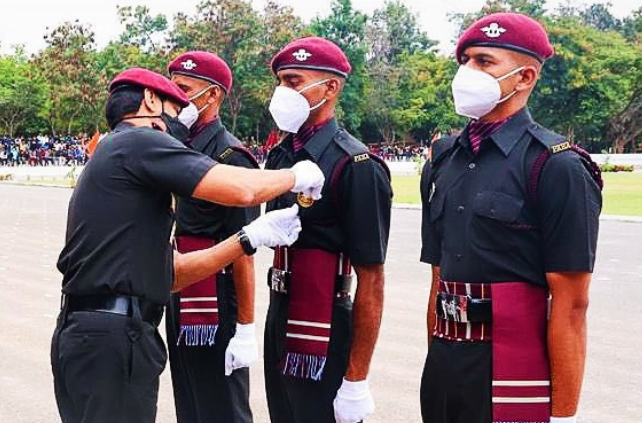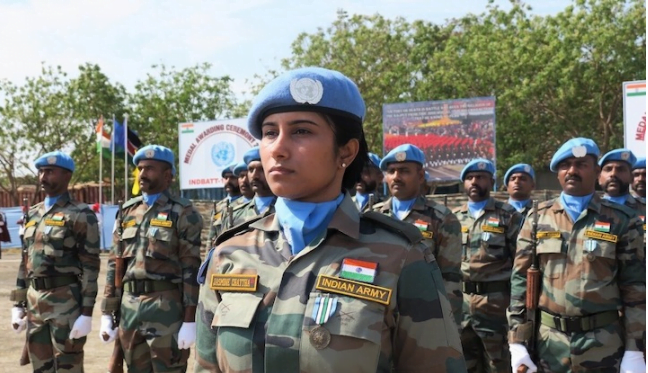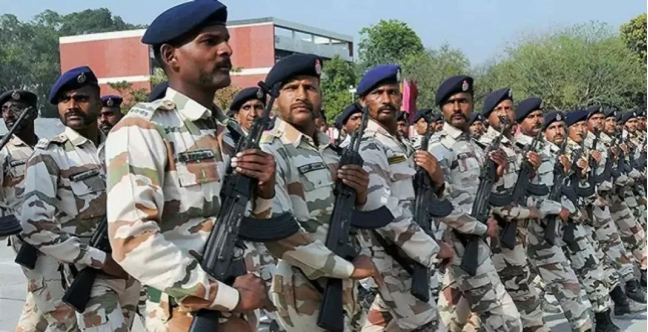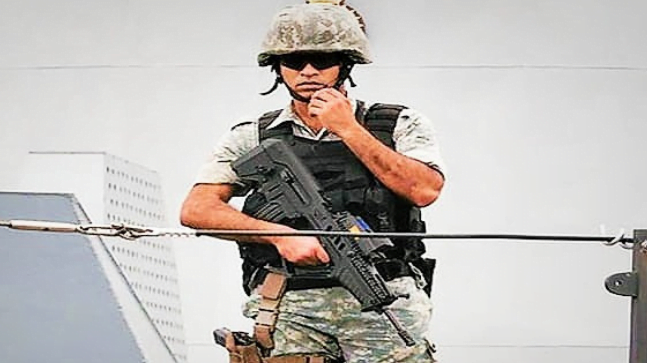Berets have long been a hallmark of military uniforms worldwide, serving as both practical headgear and a symbol of the wearer’s role and capabilities. In the Indian armed forces, the colors of these iconic caps hold profound significance, reflecting the specialized training, responsibilities, and esprit de corps of the personnel who don them.
As aspiring defence candidates seek to understand The Meaning Behind Beret Colors in India’s Military, deciphering the meaning behind these beret hues can offer valuable insights into the country’s esteemed defence services.
The Versatility of the Beret
Berets have proven to be a remarkably practical choice of headgear for military personnel, particularly in confined spaces and environments where traditional peaked caps may prove cumbersome. Their compact, adjustable design allows for easy storage and a snug, comfortable fit, making them an ideal companion for soldiers, sailors, and airmen alike. Beyond their functional benefits, berets have also become a sartorial emblem of military pride and identity, with the colors and insignia adorning these caps serving as a visual representation of the wearer’s unit, role, and achievements.
The Significance of Beret Colors in the Indian Military
In the Indian armed forces, the colors of the berets worn by personnel hold deep significance, distinguishing the unique duties, specialized training, and elite status of different units and branches. These chromatic distinctions not only serve to identify individual soldiers but also foster a sense of camaraderie and esprit de corps within their respective communities. Let us delve into the symbolic meaning behind the various beret colors found across the Indian military:
| S.no | Types and Colours of Indian Military Berets | Indian Military Units or Indian Army Units Who Wear the Berets |
|---|---|---|
| 1 | Grey-coloured berets | Aviation Department Soldiers |
| 2 | Black coloured berets | National Security Guard or Black Cadets |
| 3 | Light green beret | Military Intelligence Soldiers |
| 4 | Rifle Green or Dark Green | War Commandos or Regiment Soldiers |
| 5 | Scarlet beret or reddish beret | Military Police Corps of the Indian Army |
| 6 | Maroon Color | Special Frontier Force and Regiment Soldiers |
| 7 | Light blue beret | United Nations military |
| 8 | Navy blue coloured berets | Corps Of Engineer, Corps Of Signal and Regiment Of Artillery |
| 9 | Sandy coloured berets | Marine Commandos |
Grey Berets
Worn by personnel in the Aviation Department, the grey beret signifies the technical expertise and aerial prowess of these specialized soldiers, who are responsible for the maintenance and operation of the armed forces’ airborne assets.
Black Berets
Donned by members of the National Security Guard (NSG) and certain elite cadet programs, the black beret is a mark of the wearer’s exceptional combat skills, advanced training, and commitment to the highest standards of military excellence.
Light Green Berets
The light green beret is the distinguishing headgear of soldiers serving in the Military Intelligence branch, reflecting their critical role in gathering, analyzing, and disseminating crucial information to support strategic decision-making.
Rifle Green or Dark Green Berets
Worn by war commandos and regiment soldiers, the rifle green or dark green beret denotes the wearer’s specialized training in tactical operations, marksmanship, and guerrilla warfare, making them invaluable assets on the battlefield.
Scarlet Berets
The scarlet or reddish-colored beret is the signature headgear of the Military Police Corps within the Indian Army, symbolizing their responsibilities in maintaining discipline, enforcing regulations, and ensuring the smooth functioning of military operations.
Maroon Berets
The prestigious maroon beret is reserved for the elite members of the Special Frontier Force, a specialized paramilitary unit, as well as the Indian Air Force’s Special Operations Forces and Guard Commandos, recognizing their exceptional skills in unconventional warfare and high-risk missions.
Light Blue Berets
Worn by personnel serving under the United Nations military banner, the light blue beret signifies the wearer’s commitment to the principles of international peacekeeping and their role in promoting global stability and conflict resolution.
Navy Blue Berets
Donned by soldiers from the Corps of Engineers, Corps of Signals, and Regiment of Artillery, the navy blue beret reflects their crucial support roles in providing essential infrastructure, communications, and firepower to the Indian armed forces.
Sandy Colored Berets
The distinctive sandy-hued beret is the signature headgear of the Marine Commandos (MARCOS) within the Indian Navy, recognizing their specialized training in amphibious operations, maritime security, and counter-terrorism missions.
The Unifying Power of Beret Colors
While the diverse beret colors worn across the Indian military signify the unique responsibilities and capabilities of different units, they also serve to foster a sense of unity and shared purpose within the armed forces. Regardless of their specific roles, all personnel who don these iconic caps are bound by a common ethos of discipline, courage, and unwavering commitment to the nation’s defense. The colors of these berets, therefore, become a visual representation of the Indian military’s unwavering spirit and the collective excellence of its personnel.
Conclusion
The colors of the berets worn by India’s military personnel are not merely decorative elements; they are rich in symbolism and reflect the specialized training, elite status, and unique responsibilities of the wearer. As aspiring defense candidates seek to understand the intricacies of the Indian armed forces, deciphering the meaning behind these chromatic distinctions can provide valuable insights into the structure, culture, and core values that define this esteemed institution. By embracing this knowledge, individuals can better align their aspirations and skills with the specific roles and opportunities available within the Indian military, ultimately enhancing their chances of realizing their dream of serving the nation with distinction.
FAQs
1. What do the colors of the beret mean?
When on public display during a parade, berets are worn tilted to the left so that the insignia is visible to dignitaries and the public. Light blue represents Airborne forces and peacekeeping forces, black denotes Police troops, wine red signifies Special police troops, and bright green indicates Border guards.
2. What does green beret mean in Indian Army?
Dark Green/Rifle Green: This beret is worn by Rifle Regiments, Infantry Regiments, certain Light Infantry Regiments (including the Mechanised Infantry Regiment), COBRA jungle warfare Commandos, and the National Cadet Corps.
3. Who can wear a maroon beret in India?
The Maroon Beret is exclusively worn by Marine Commandos (MARCOS) in the Indian Navy, but only during ceremonial events, not during operations. Additionally, members of the Special Frontier Force, a paramilitary unit, are also permitted to wear the Maroon Beret.
4. What is the Colour of beret in Indian Army?
Infantry and Military Intelligence officers wear dark green berets, armored corps officers sport black berets, while officers from other corps don dark blue berets.
5. Are girls allowed in Indian Special Forces?
With the exception of the Indian Army (which includes women only for support duties) and the Special Forces of India, all branches of the Indian Armed Forces permit women to serve in combat roles (junior ranks) and combat supervisory positions (officers) in trainer roles only.
